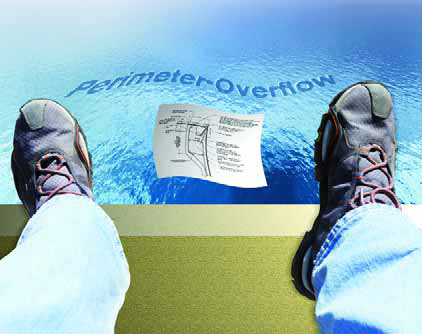Pools & Spas
In December 2004, WaterShapes introduced ‘The Platinum Standard,’ a registry of projects that embodies watershaping…
In December 2004, WaterShapes introduced ‘The Platinum Standard,’ a registry of projects that embodies watershaping…
In December 2004, WaterShapes introduced ‘The Platinum Standard,’ a registry of projects that embodies watershaping…
In December 2004, WaterShapes introduced ‘The Platinum Standard,’ a registry of projects that embodies watershaping…
In December 2004, WaterShapes introduced ‘The Platinum Standard,’ a registry of projects that embodies watershaping…
In December 2004, WaterShapes introduced ‘The Platinum Standard,’ a registry of projects that embodies watershaping…
One of the compliments we appreciate most at Root Design Co. is when people say that no two of our projects look alike. Indeed, we pride ourselves on being able to work effectively across a broad spectrum of styles and use both time-tested and innovative building methods in ways that let us focus on details and on making certain we’re always generating work that speaks directly to our clients’ unique tastes and desires. To maintain our edge, we limit the number of projects we tackle each year and, at the same time, seek out clients whose enthusiasm matches our own when it comes to pursuing
Every once in a while, a project comes along that gives you a chance to step up and demonstrate your company’s capabilities. The construction of the swimming pool seen here was just that kind of exercise for our firm. Located in Potomac, Md., the property is just west of Washington, D.C., in an exclusive neighborhood remarkable for the outstanding caliber and quantity of its watershaping and landscaping projects. We became involved here through a custom homebuilder who was remodeling the property and wanted to do something special in the backyard. This represents a perfect example of how our firm, Alpine Pool & Design of Annandale, Va., thrives in this market. Through the years, we had already worked not only with the homebuilder, but also with the architect as well as the landscape architect. When it came time to consider watershape construction, all three recommended us for the job – testimony to the fact that ever since we opened shop in 1986, we’ve done all we can to establish a reputation for high-value collaboration as part of a community of like-minded designers and contractors. We pride ourselves on being able to execute the most challenging designs and
As we discussed last month, perimeter-overflow details are among the most distinctive and challenging of all features in today’s custom pool market. In March’s column, we defined the different types of these edge designs, then described the complex, exacting process of building a knife-edge overflow system. This time, we’ll get into the hydraulic finesse needed to make these systems work. This includes everything from calculating bather surges to sizing the plumbing and surge tanks needed to make these effects function



















